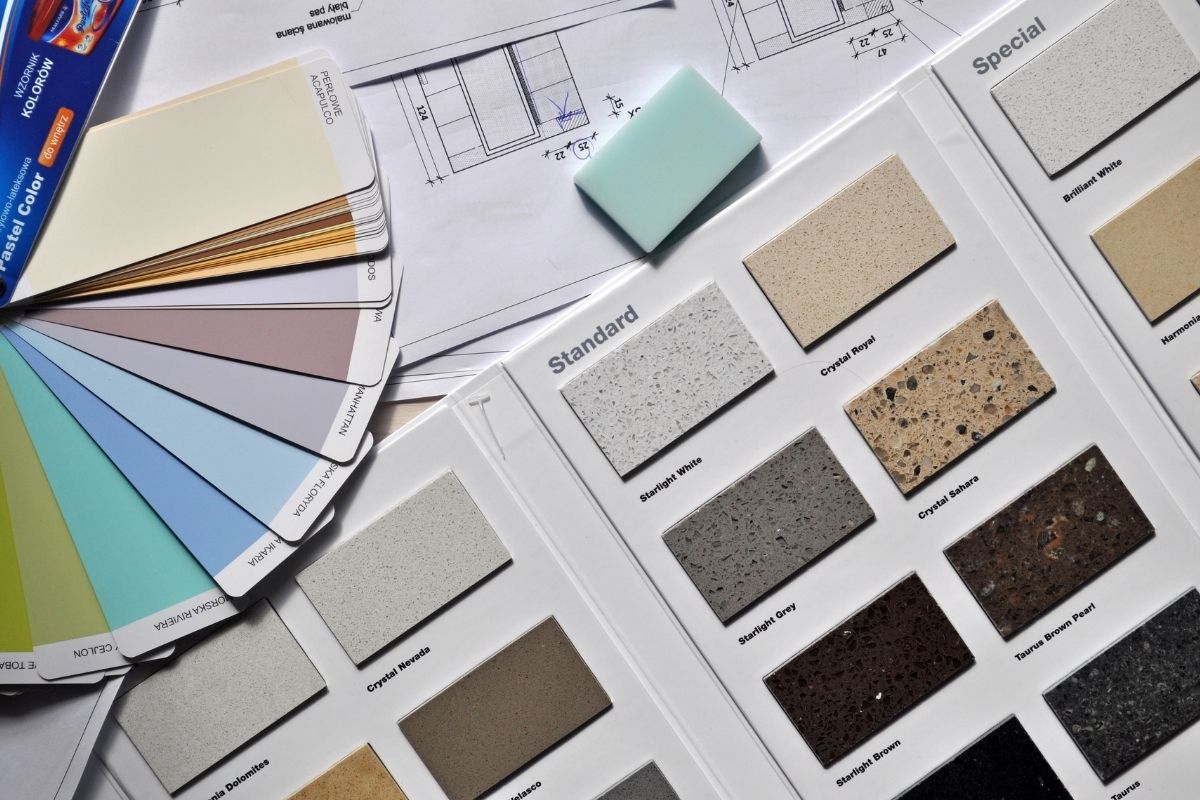John Bricker: Working With Clients on a UX Design Brief
One piece of UI design that people really don’t think about or talk about is spending. What is the budget? How are we going to get there? Entering into this, our client has a notion of where they’re going to go. Often, our clients engage us from what we’ll call an “experience blueprint” for a project that has yet to be defined. They have a high-level idea of understanding of what they think they need.
Online UX design education shows we go through a journey with the client. It’s essentially about discovery, vision, narrative, and creating what we’ll call a blueprint for opportunities. Now that can be digital. It could be physical. But it becomes a document, and it becomes the way forward in the UI design.
The Cost
Also in that document, we’re looking at what the cost implications are. Everyone wants digital in the built environment, but they don’t really understand the process and what you need to go through to make it authentic and relatable. So whether it’s a light touch or a heavy touch, we try to give the client a sense of the cost.
Cost doesn’t just include the physical hardware, but also the back end: the UX development process, the software, how the UI system is going to operate, how it self-refreshes, all of those things based on what we think is appropriate for the project and client.
There are a lot of moving parts, but that up-front work saves the client a lot of time and cost, if it’s done appropriately. A good brief is broken down into several buckets, the tactical elements of what’s required, so the client and the team have an understanding of the project’s scale, cost, audience, and intent.
The Vision
Often, briefs focus more on technical needs and detailing all sorts of UX design elements. However, there is part of the brief that’s more of the narrative of what we aspire to for the project. It details what the client’s aspirations are and how our UX design team can build on those aspirations. A client might have a big, global wish for something, but we have to balance that aspiration and the real-life elements together into a brief.
Personally for me, and as a firm, we want to have a narration around the project that gives it a sense of opportunity. It helps the client to see and focus on vision and not get caught up in some of the smaller parts of the process.


